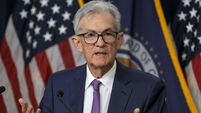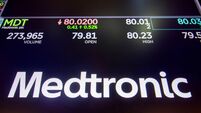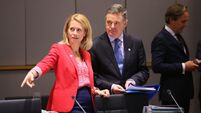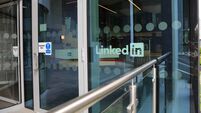Oliver Mangan: We are still some months away from the peak in headline inflation
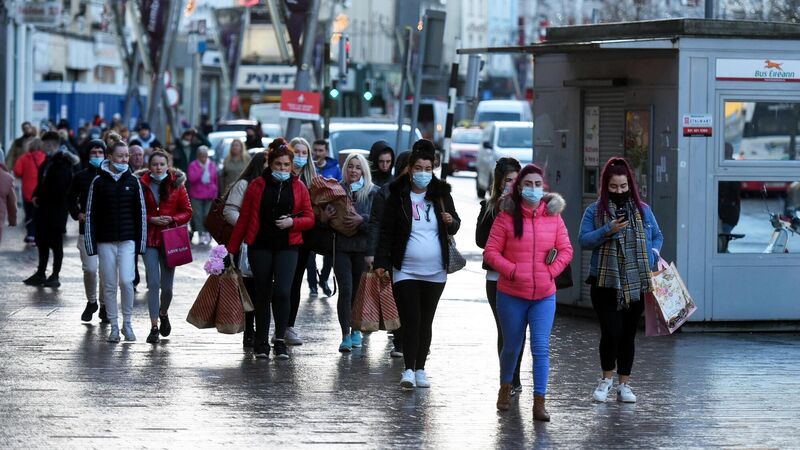
The sharp rise in inflation, though, will weigh heavily on real disposable income. File Pic: Larry Cummins
The cracks on the ECB Governing Council are becoming wider ahead of its key policy meeting on Thursday. No changes in rates are expected at this meeting.
However, some council members are calling for a 50bps hike to be on the table in the third quarter as the ECB starts the process of raising interest rates. Others, though, are calling for rates to rise at a more moderate pace, in 25bps steps.




